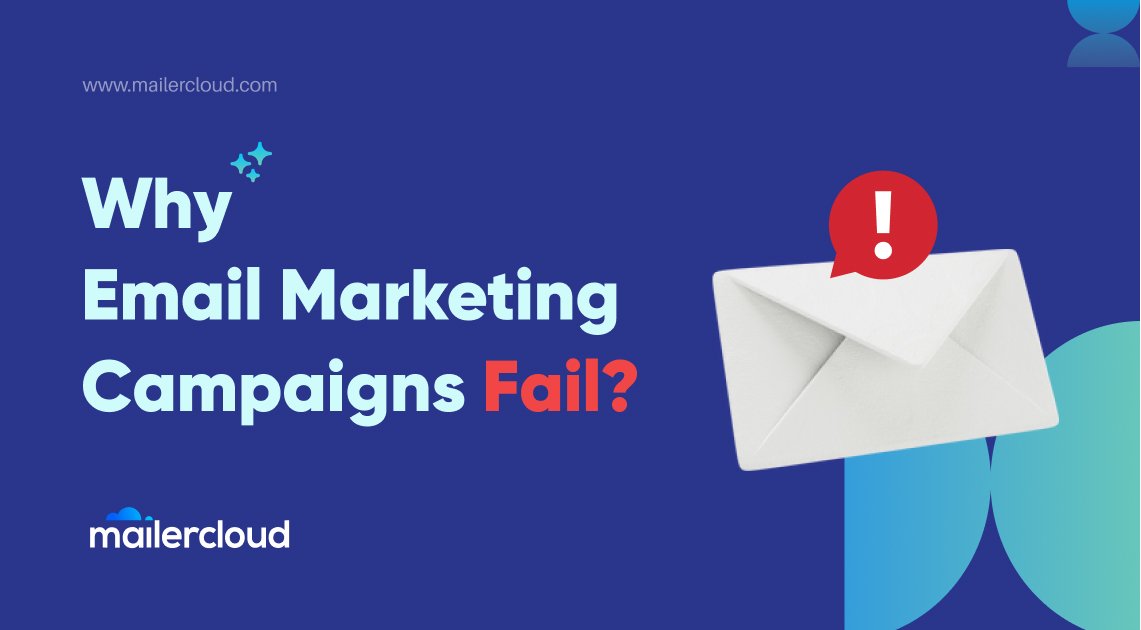Email marketing remains one of the most powerful tools for businesses to connect with their audience, nurture leads, and drive sales. Yet, many marketers find their email campaigns falling short of expectations. Open rates are low, click-throughs are sparse, and conversions barely budge. If this sounds familiar, you’re not alone.
The good news is that most of these issues can be addressed with a few strategic fixes. In this article, we’ll explore common reasons why your email campaigns might be underperforming and practical steps you can take to turn things around.
1. Poor Email List Quality
One of the biggest culprits behind underwhelming email campaign results is the quality of your email list. If your list includes outdated, incorrect, or inactive email addresses, your messages may never reach the intended recipients. This not only lowers open rates but also hurts your sender reputation, increasing the chances that your emails land in spam folders.
To avoid this, regular email list validation is essential. This process involves verifying the accuracy and validity of your email contacts, removing duplicates, and filtering out invalid or risky addresses. Maintaining a clean list ensures your campaigns reach real, engaged subscribers, boosting your chances of success.
2. Lack of Segmentation and Personalization
Sending the same generic message to your entire email list is a surefire way to see poor engagement. Today’s consumers expect relevant content tailored to their needs, interests, and behaviors. If your emails don’t resonate with your audience, they’re likely to ignore or nurture leads unsubscribe.
Start by segmenting your list based on criteria such as demographics, past purchases, engagement levels, or location. Then craft personalized content that speaks directly to each segment’s preferences or pain points. Personalized subject lines and dynamic content blocks within emails can also increase open and click-through rates significantly.
3. Weak Subject Lines
Your subject line is the first impression recipients get of your email. A weak, boring, or misleading subject line can cause your message to be overlooked or deleted immediately. Effective subject lines should be clear, concise, and compelling enough to encourage opens.
Try these tips:
- Use curiosity or urgency, but avoid clickbait.
- Keep it short—ideally under 50 characters.
- Test different styles with A/B testing to see what resonates best with your audience.
Remember, no matter how great your content is, it won’t matter if no one opens the email.
4. Poorly Designed Emails
Even if your message is relevant, a cluttered or non-responsive email design can turn off readers. Many people check their emails on mobile devices, so if your emails don’t display well on smaller screens, you risk losing engagement.
Ensure your emails have:
- A clean, easy-to-read layout
- Clear calls to action (CTAs)
- Mobile-responsive design
- Optimized images that don’t slow down loading times
Investing time in good design makes your emails look professional and user-friendly, which can increase click rates and conversions.
5. Inconsistent Sending Schedule
Seeking email deliverability consulting can help you develop an optimal sending strategy that keeps your audience engaged and reduces the risk of deliverability issues.
Develop a consistent sending schedule based on your audience’s preferences and your content calendar. Whether it’s weekly, bi-weekly, or monthly, consistency helps build anticipation and trust, making your campaigns more effective.
6. Ignoring Metrics and Feedback
Email marketing platforms provide valuable data such as open rates, click-through rates, bounce rates, and unsubscribe rates. Ignoring these metrics means missing out on insights that can improve your campaigns.
Analyze the data regularly to understand what’s working and what isn’t. If you notice a spike in bounce rates, it might be time for another round of email list validation. If click rates are low, consider revising your content or CTAs.
Also, pay attention to subscriber feedback and complaints to ensure you’re meeting their expectations.
7. Not Optimizing for Deliverability
Even with a great list and excellent content, if your emails don’t reach inboxes, your campaigns won’t perform. Factors that affect deliverability include your sender reputation, authentication protocols (SPF, DKIM, DMARC), and avoiding spam-triggering words or formats.
Regularly monitor your sender score and follow best practices such as:
- Using a dedicated IP address for large volumes
- Avoiding excessive links or attachments
- Removing inactive subscribers promptly
Improving deliverability ensures your hard work doesn’t go to waste.
8. Lack of Clear Calls to Action (CTAs)
Every email should have a clear purpose and guide the reader towards a specific action—whether it’s making a purchase, signing up for a webinar, or downloading a resource. If your emails lack prominent, easy-to-understand CTAs, readers may not know what to do next.
Make CTAs stand out visually and keep the messaging simple and persuasive. Use action-oriented language like “Get Started,” “Download Now,” or “Claim Your Discount.”
9. Overlooking the Welcome Email
The welcome email is your first chance to make a strong impression and set the tone for your relationship with subscribers. Yet many businesses either skip it or send a generic message.
A well-crafted welcome email can:
- Introduce your brand and what subscribers can expect
- Offer a special discount or free resource
- Encourage subscribers to whitelist your email address
Studies show welcome emails have higher open and click rates than regular campaigns, making them a crucial step for engagement.
Conclusion
If your email campaigns aren’t performing as well as you’d like, the problem usually lies in one or more of these areas: list quality, relevance, design, frequency, or deliverability. The good news is that these issues are fixable.
Start by cleaning your list through email list validation to ensure you’re targeting engaged recipients. Then, personalize your content, improve your design and subject lines, and maintain a consistent sending schedule. Pay attention to your metrics, optimize for deliverability, and never underestimate the power of a strong welcome email.
By implementing these fixes, you’ll see higher open rates, better engagement, and ultimately, more conversions from your email marketing efforts.

